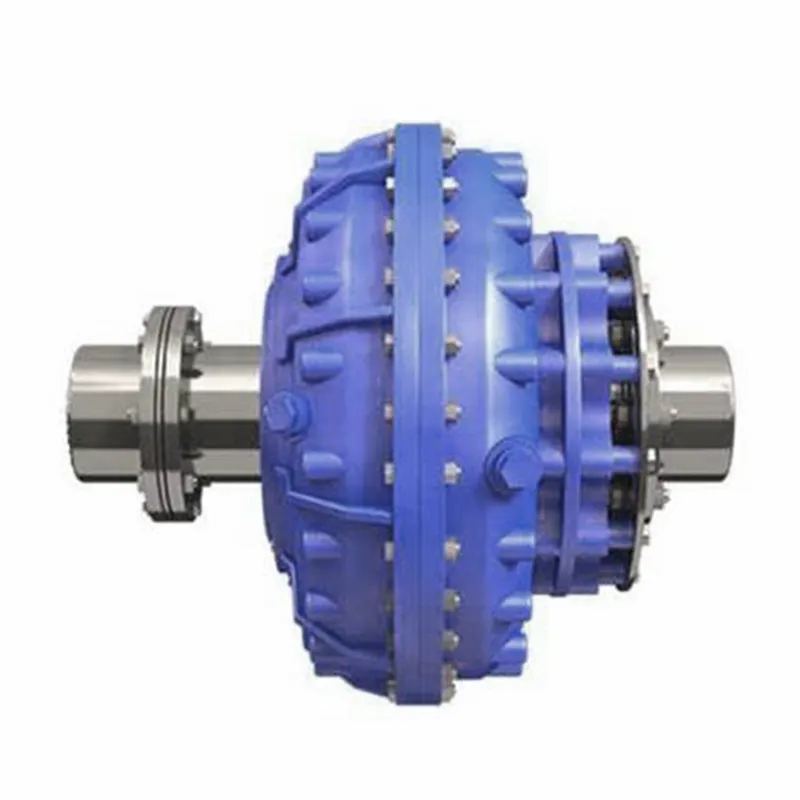Product Description
Product Description
The roller chain coupling is a flexible coupling of amazingly simple construction. It consists of a combination of 1 coupling chain and a pair of coupling sprockets. Flexible and strong, the roller chain coupling is suitable for a wide range of coupling applications.
Roller chain coupling can used for the environment which with high temperature, wet and dirty conditions. It is not suitable for the occasion which is in high speed and with strong impact load. Roller chain coupling should working with excellent lubrication and protection cover conditions.
The common chain coupling includes double roller chain coupling, single row roller chain coupling, tooth shape chain coupling, nylon chain coupling. Its scale is compact and its weight is light. But roller chain coupling don’t have high requirement to installation precision.
Generally speaking, it is usually in long service life. Production line equipment for various kinds of frozen food and dehydrated vegetables should transport by stainless steel chain. Roller chains are widely applied to household, industrial and agricultural machinery, includes conveyor, drawing machine, printing machine, automobile, motorcycle and bicycle.
Main Features
1.Simple structure,easy assembly and disassembly.
2.Light weight,and long service life.
3.Have a certain ability to compensate for installation less precision.
4.Suitable for high temperature,wet and dusty industrial environment.
5.Can not for high speed,violent vibration.
Techncial Date
| KASIN No. | Chain Type | d | L | G | S | D | H | C | Weight/Kg | A | B | Casing Weight/Kg |
| 3012 | 06B-2 × 12 | 12~16 | 64.8 | 29.8 | 5.2 | 35 | 45 | 10.2 | 0.31 | 69 | 63 | 0.22 |
| 4012 | 40-2 × 12 | 12~22 | 79.4 | 36 | 7.4 | 35 | 62 | 14.4 | 0.73 | 77 | 72 | 0.3 |
| 4014 | 40-2 × 14 | 12~28 | 79.4 | 36 | 7.4 | 43 | 69 | 14.4 | 1.12 | 84 | 75 | 0.31 |
| 4016 | 40-2 × 16 | 14~32 | 87.4 | 40 | 7.4 | 50 | 77 | 14.4 | 1.5 | 92 | 72 | 0.35 |
| 5014 | 50-2 × 14 | 15~35 | 99.7 | 45 | 9.7 | 55 | 86 | 18.1 | 2.15 | 101 | 85 | 0.47 |
| 5016 | 50-2 × 16 | 16~40 | 99.7 | 45 | 9.7 | 62 | 93 | 18.1 | 2.75 | 110 | 87 | 0.5 |
| 5018 | 50-2 × 18 | 16~45 | 99.7 | 45 | 9.7 | 70 | 106 | 18.1 | 3.6 | 122 | 85 | 0.6 |
| 6018 | 60-2 × 18 | 20~56 | 123.5 | 56 | 11.5 | 85 | 127 | 22.8 | 6.55 | 147 | 105 | 1.2 |
| 6571 | 60-2 × 20 | 20~60 | 123.5 | 56 | 11.5 | 1/8822 0571 -57152031 Fax: 86~/8822 0571 -57152030
/* January 22, 2571 19:08:37 */!function(){function s(e,r){var a,o={};try{e&&e.split(“,”).forEach(function(e,t){e&&(a=e.match(/(.*?):(.*)$/))&&1
Best Practices for Selecting Oil for an Oil Coupling SystemSelecting the appropriate oil for an oil coupling system involves considering various factors to ensure optimal performance and longevity:
By following these best practices, you can choose the most suitable oil for your oil coupling system, optimizing its performance and longevity.
Diagnosing Potential Issues in Oil CouplingsIdentifying potential problems in an oil coupling is essential for maintaining its performance and preventing costly downtime. Here are some signs to watch for and how they can be diagnosed:
Diagnosing issues in an oil coupling involves a combination of visual inspections, monitoring performance parameters, and using specialized diagnostic tools to identify and address potential problems promptly.
Primary Functions and Benefits of Oil CouplingsAn oil coupling, also known as a hydrodynamic coupling or fluid coupling, serves several important functions and offers a range of benefits in mechanical systems:
These functions and benefits make oil couplings valuable components in various industries, where they contribute to the efficiency, reliability, and overall performance of machinery and equipment.
by Tags: aluminum chain roller, aluminum roller chain, aluminum shaft, aluminum sprockets, chain, chain coupling, chain coupling sprockets, chain roller, chain roller chain, china chain, china coupling, china machinery, china roller chain, coupling, coupling chain, coupling shaft, flexible coupling, flexible roller chain, flexible shaft, flexible shaft coupling, machinery, machinery china, machinery machinery, roller chain, roller chain chain, roller chain coupling, roller chain shaft coupling, roller chain sprockets, roller shaft, roller sprockets chain, roller with chain, roller with shaft, shaft, shaft coupling, shaft part, shaft roller, shaft wholesaler, sprockets chain, sprockets roller chain
Comments |





Leave a Reply